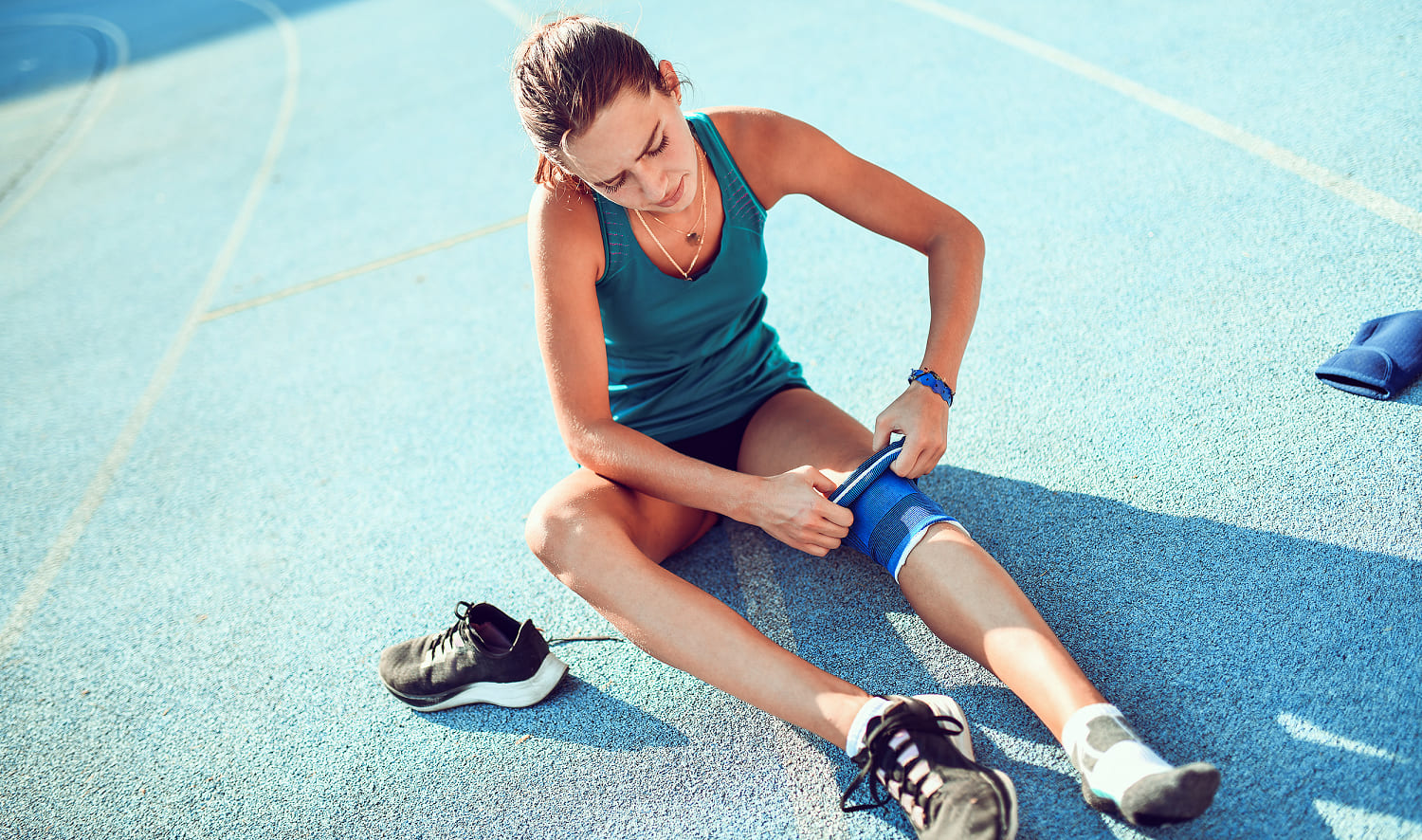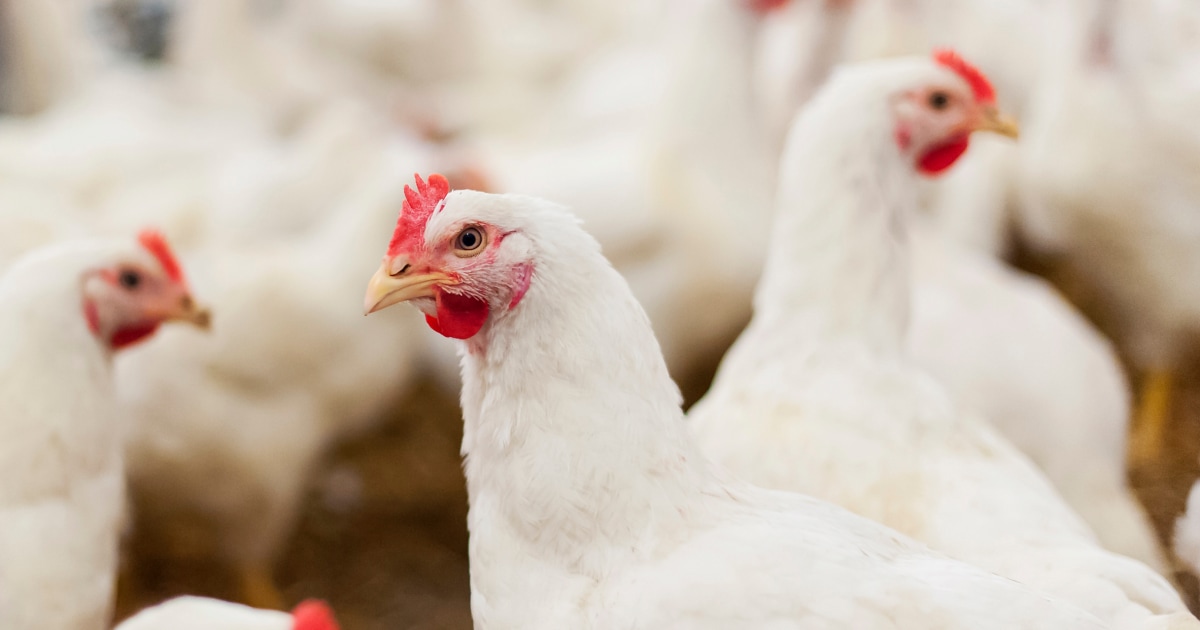Injuries to the anterior cruciate ligament, aka the ACL, occur commonly in sports. However, research shows that female athletes suffer significantly more ACL injuries than their male counterparts. Previously, studies on gender disparities in ACL injuries has focused on biological factors, such as anatomy and hormones.
However, ACL injury rates among girls and women have remained unchanged despite decades of research. Experts are increasingly considering how a gendered environment and sexism in sports may increase the risk of ACL injuries among female athletes and affect treatment outcomes. The anterior cruciate ligament is a strong, thick band of tissue in the center of the knee which connects the thigh bone or femur to the shin bone or tibia, ACL injuries include sprains or tears to the ligament, which can range in severity.

Patients often feel a popping sensation, followed by pain and swelling. People often injure their ACL while playing sports, especially agility-based sports which involve quick changes in direction or jumping and landing, Dr. Andrew Pearle, chief of sports medicine at the Hospital for Special Surgery, tells TODAY.
com. These include soccer, basketball, lacrosse, football, field hockey and volleyball, Pearle adds. Anyone can suffer an ACL injury, from children playing after school sports to elite athletes.
Olympians are no exception. Rebeca Andrade, the Brazilian gymnast who won gold in the women’s floor exercise at the Paris Olympics, that she overcame three devastating ACL tears — and three reconstructive surgeries on the same knee — in the years leading up to the 2024 Games. Andrade, 25, is now the most decorated Brazilian Olympian in history.
Unfortunately, ACL injuries are often abrupt and can be season- or career-ending. Several athletes were sidelined from the 2024 Olympics due to ACL tears in recent months. revealed in June that she had torn her ACL in her left knee, disrupting her hopes of competing on Team USA’s women’s 3x3 basketball team in the Paris Olympics.
Courtney Frerichs, an American runner who won silver in the women’s 3000-meter steeplechase in Tokyo, revealed in May that she suffered a complete tear of her right ACL, requiring season-ending knee surgery, . In addition to playing certain sports, other factors may increase the risk of an ACL injury, . These include poor conditioning or technique, faulty movements while landing, hyper-mobility, ill-fitting footwear, playing on artificial turf — and most notably, being female.
“It has been known for some time that women have higher rates of ACL injuries ...
anywhere from a three to six or four to eight times higher risk of ACL injury as compared to men with the same exposure rate (playing the same level of a sport),” says Pearle. The rate of ACL injuries among girls and women has not changed in over 20 years, according to a 2021 review published in . “There’s been lots of research, but girls and women’s injury rates remain about the same while boys and men’s rates have decreased slightly,” Joanne Parsons, PhD, associate professor in the department of physical therapy at University of Manitoba, tells TODAY.
com. Research on gender disparities in ACL injuries has offered many hypotheses, but there are still more questions than answers, says Parsons, who co-authored the BMJ review. "Historically, figuring out why women are at such higher risk of ACL injury has been approached from a very biological, biomechanic perspective," says Parsons.
Theories have focused on sex-based traits such as anatomy, physiology and hormones, Parsons adds. People assigned female at birth have wider hips and pelvises, says Parsons, which can affect how their lower bodies move. "There are theories about alignment .
.. women tend to have more of what's called a valgus alignment of the hips, knees and ankles, where their knees cave in a little bit more," says Pearle.
This "knock-knee" alignment can impact the way women jump or land, Pearle adds, which may increase the risk of ACL injury compared to men, who often have a more bow-legged alignment. “Women may be a bit more more ligamentously lax than men,” says Pearle, adding that this causes looser ligaments and more flexible joints, which may contribute to knee instability. "Some people think that there's a difference in muscle development between men and women," Pearle adds.
Typically, women have weaker muscles and less strength overall than men, the experts note. Less muscle mass around the knee may contribute to a higher ACL injury risk. Another theory is that the menstrual cycle may increase a woman's risk of ACL injury, the experts note.
found that the literature suggests a link between hormonal fluctuations and ACL tears. The research, published in the , found that menstruating women may experience increased laxity or looseness of the joints during the ovulatory phase, which may contribute to heightened ACL injury risk. "The short answer is we don’t know why .
.. but it's probably multifactorial," Pearle notes.
More than 20 years of research on ACL injuries focused on sex-based biological differences has failed to improve outcomes for women, Parsons and her co-authors concluded. "We can't just look at one or two risk factors, we have to look at the bigger picture and the larger sports environment," says Parsons. Experts suggest that the systemic gender inequality, bias and sexism in sports can affect women from before an ACL injury happens through treatment and recovery.
"We need to ask what kind of facilities girls and women have access to ...
do they have the same types of opportunities to train?" Parsons notes. Factors such as the quality of fields, gear and footwear may also play a role. , the British parliament's women and equalities committee slammed the sports sector's "slow" response to high rates of ACL injuries among female footballers, highlighting the lack of accessible, affordable cleats designed for women.
Parsons also notes that hypermasculinity and sexism in gyms and weight rooms may be a factor. "We tell girls to get stronger because that'll prevent an ACL injury ..
. but it's hard to tell girls to get stronger when the environment doesn't support it," Parsons adds. In general, fewer resources and money are allocated to women’s sports — from college athletics to professional teams.
“How they’re valued is not the same,” Parsons says. Even the salary disparity between male and female athletes is well-documented, including the shocking . Overall, there is a lack of data and more studies are needed to understand which factors directly impact ACL injury risk and to what extent, the experts note.
"This is another piece of the puzzle, and we need to start considering it so (in research)," says Parsons. These gender disparities do not stop at ACL injury risk, says Parsons — "it can and does extend into treatment (and recovery)." Treatment for ACL injuries typically involves a combination of rehabilitation and surgery, depending on the severity of the tear.
Recovery can take anywhere from several months to over a year. Reconstructive surgery is the default treatment for a complete ACL tears, especially for athletes who plan to return to sports, the experts note. There are multiple techniques, but reconstruction surgery typically involves rebuilding the ACL using a graft of tissue from the patient's own body (such as the hamstrings or patellar tendon) or from a cadaver, says Pearle.
However, there’s some evidence suggesting that women are not offered surgery as often as men are, Parsons notes. In addition to being less likely to undergo ACL reconstruction surgery, women may have worse outcomes than men. "Women in general have a higher risk of re-rupture," says Pearle.
Additionally, women typically shoulder more gendered roles such as caregiving, says Parsons, which may affect their recovery. “If you have to take extra time and energy to take care of other people, you don’t have as much time to rehab your own injury,” says Parsons. While there are ways to prevent ACL injuries, these injury prevention programs are not widely instituted, says Pearle.
"50 to 80% of ACL injuries are preventable with neuromuscular training, or ACL injury prevention exercises," Pearle adds. These may aim to improve muscles around the knees, enhance bodily control while changing direction or refine technique and rapid movements. Anyone can practice these ACL prevention exercises, but they're especially important for women due to their higher risk of ACL injury, says Pearle.
"It actually makes you a better athlete, and it protects you." Caroline Kee is a health reporter at TODAY based in New York City..



















